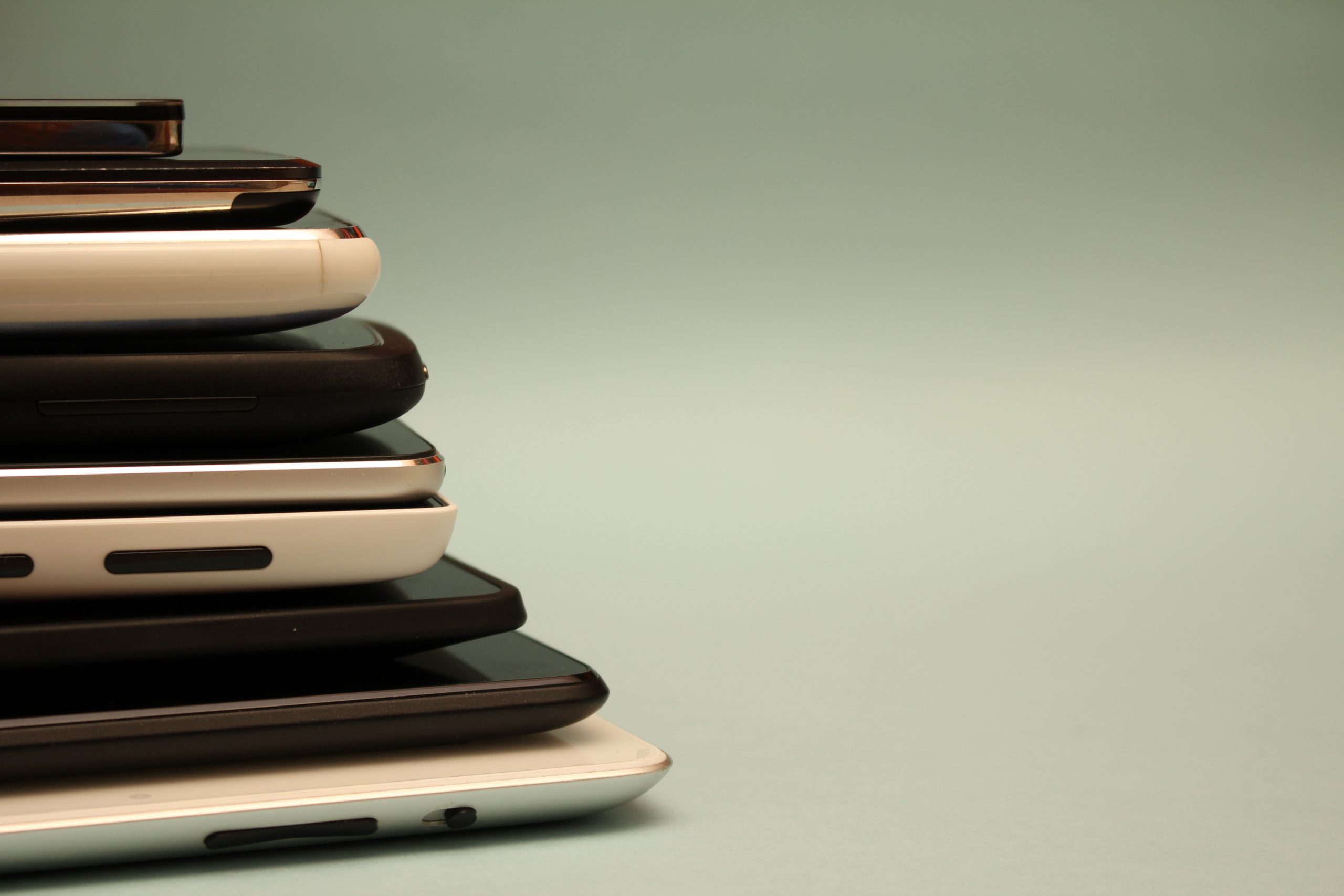We have come so far since the days when computers had just become mainstream. Now, we have computers in the palms of our hands constantly. Back in the day, it was a common threat to have some type of malware attack on your computer. A very common threat was the trojan horse virus. Now, it has become less common to inadvertently acquire malware on your device that is so openly destructive. It’s more common these days to snag malware that is covert in its operations.
Often times, we can fall into thinking that our handheld devices, such as smartphones and tablets, are not capable of getting a virus. This thought is not true. In fact, smartphones and tablets are the most commonly used devices by users, therefore, they carry the most valuable information for criminals to collect.
So, what kind of device is safer: Apple or Android? Well, statistically, Android products are more susceptible then Apple products to all types of problems like viruses, malware, spyware, ransomware, adware, and trojans.
Here are signs that a virus may have infected your smartphone or tablet:
- Surge in data usage. Now that smartphone data plans are so inexpensive compared to just a few years ago, and many people even have access to unlimited data, people don’t keep an eye on their data usage like they formerly did. One of the signs of a possible computer virus is an unexpected surge in data usage. Although it may seem cumbersome to look at data usage each month, it might offer you insight into something that might lie beneath the surface, like malware.
- Apps suddenly appear on your devices that you did not install. Although this may not be a problem for Apple users, many Android users claim that they commonly find apps on their devices that they themselves had never intentionally installed.
- Device battery drains quickly. A sign of an aging device is a battery that does not last very long, but sometimes this problem can also mean that something else is draining your device, like spyware. This drainage of your battery comes from background activity from the dangerous software that consumes power from the device.
If you suspect that you have a virus on your smartphone or tablet, there are a few steps you should take to remove it. To begin, take a look at the apps on your device…are there any that you don’t recognize? If so, delete them immediately. Next, take a look at which apps can collect information on your usage habits. Do you really want all of those apps collecting information on your usage patterns? Delete non-essential apps. After you have taken those steps, it might be good to reset the entire device to delete any virus or malware that’s associated with it. Ensure you have a backup of all desired and essential files/items, though, like photos, emails, and contacts – the less data the better because the virus could have come from something that you have backed up. Now it’s time to delete all contents and data on the device. Each device is different so it would be best to look up the reset instructions for your particular device. And remember, if all else fails, Android and Apple provide great support with your devices, so don’t hesitate to contact them about this attempt to do a device reset.
The bottom line is that there’s really no better time than the present to become a LibertyID member for identity theft restoration protection. Our extended family plan covers the member, their spouse/partner, the member and spouse’s/partner’s parents and their children. We’re the experts at identity theft restoration, offering a 100% guaranteed identity theft restoration service. But, you have to get covered before there’s an incident. When you sign up for LibertyID, you’re covering yourself and your family from the fallout of identity theft and the potentially hundreds of hours and thousands of dollars lost due to identity theft.

